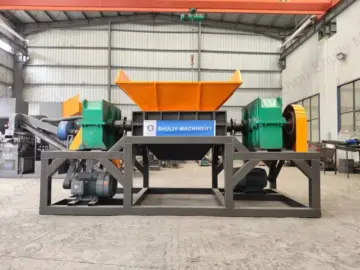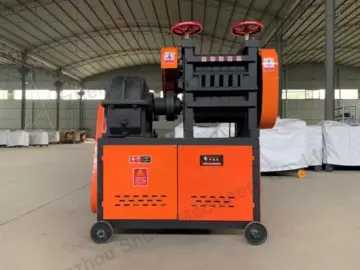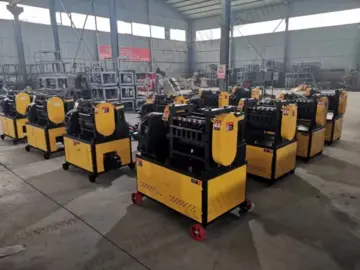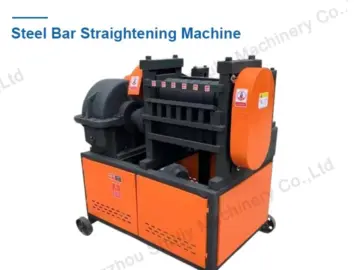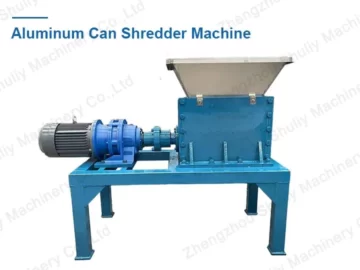In the modern recycling industry, a metal shredder is one of the most essential machines for processing all kinds of scrap metal. It transforms bulky, irregular, or even dangerous waste into uniform, recyclable materials, making it easier to transport, store, and remelt.
But many potential investors often ask: “What materials can a metal shredder actually handle?”
Let’s dive into the capabilities of a modern scrap metal shredding machine and see why it’s becoming a must-have for recycling businesses worldwide.
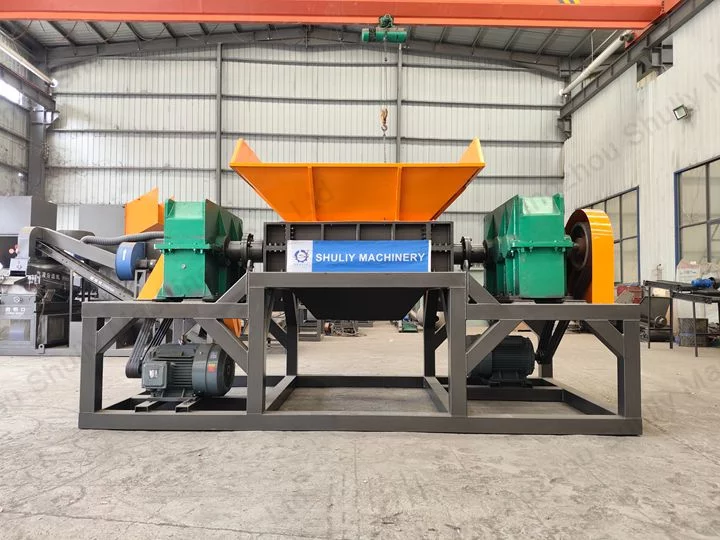
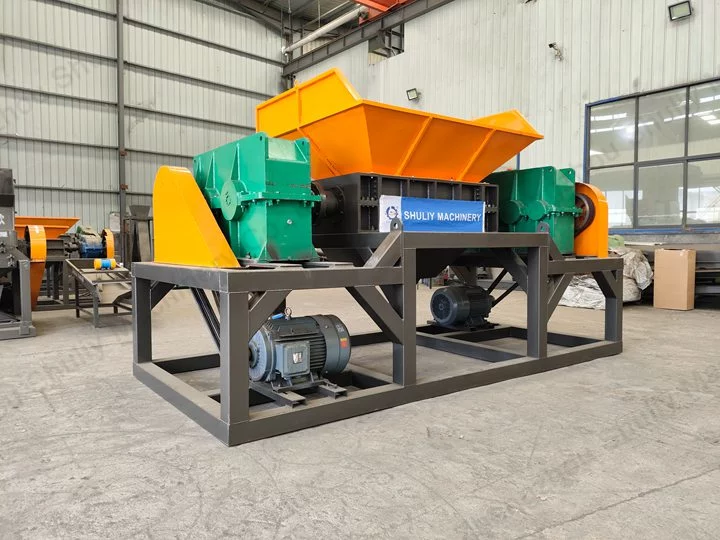
Scrap Steel and Iron
The scrap steel shredder is primarily designed to handle waste steel and iron materials. These can include:
- Steel bars, rods, and plates
- Scrap rebar and angle iron
- Metal profiles from construction waste
The machine’s high-torque gearbox and hardened alloy blades allow it to easily shear, tear, and crush even thick steel pieces.
Processed steel can then be directly sent to smelting plants for recycling, reducing transportation volume by over 60%.
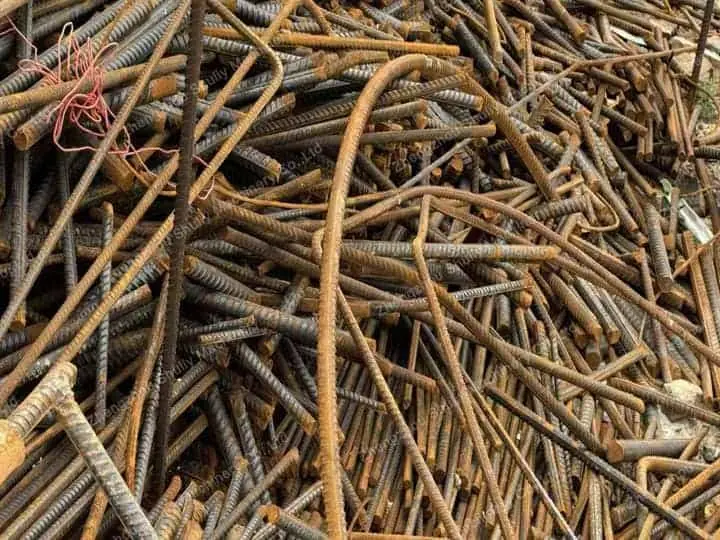
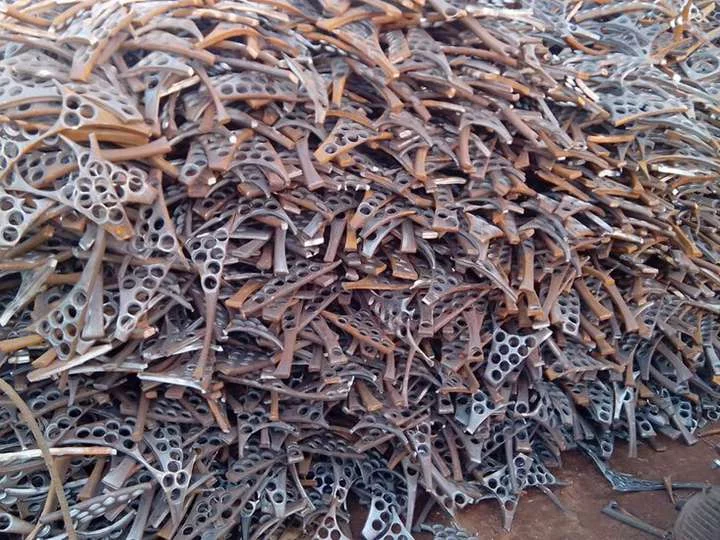
Car Shells and Vehicle Parts
One of the highlights of a heavy-duty metal shredder is its ability to handle automobile shells, including:
- Car body panels
- Motorcycle frames
- Old engine housings and aluminum rims
A double-shaft or four-shaft metal shredder can handle these materials with ease. The powerful motor (90–200 kW) and robust blade design ensure stable, continuous shredding.
This is ideal for auto recycling plants and metal recovery yards.

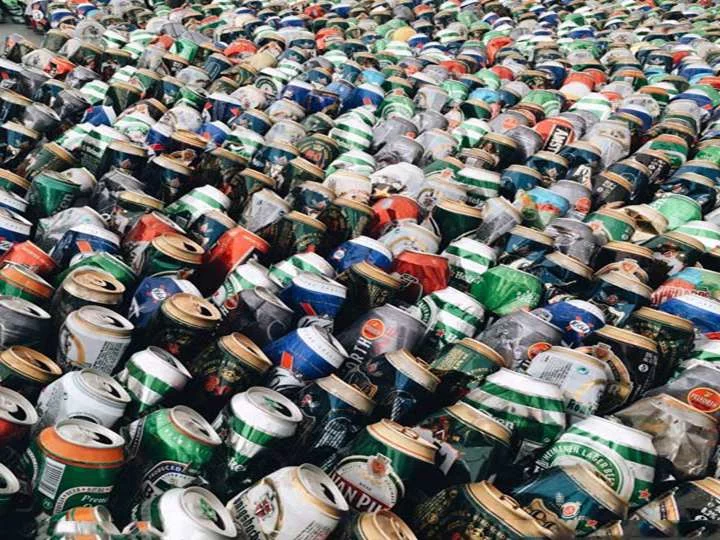
Aluminum, Copper, and Other Non-Ferrous Metals
Beyond ferrous materials, metal shredders can also process non-ferrous metals such as:
- Aluminum cans and plates
- Copper wires and pipes
- Zinc sheets and alloy waste
These materials are softer but valuable — the shredder’s adjustable blade clearance and lower-speed mode protect their integrity, maximizing metal recovery rate.
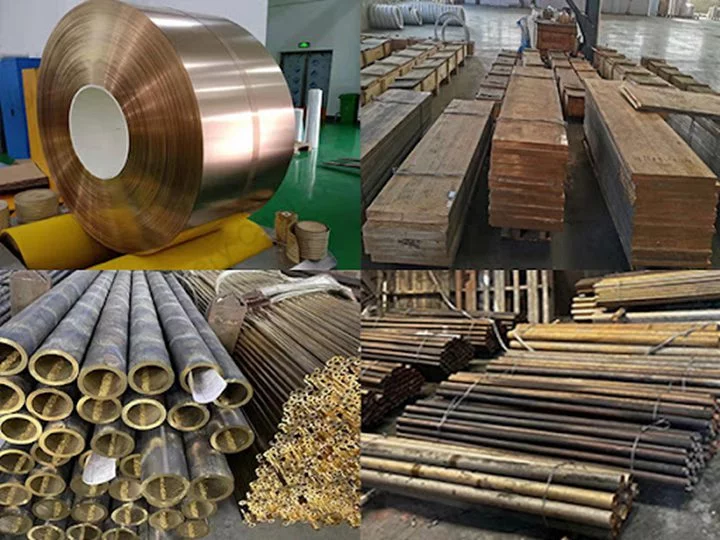
Household and Industrial Metal Waste
The metal shredder is widely used in recycling:
- Old appliances (washing machines, refrigerators, air conditioners)
- Metal furniture and cabinets
- Industrial scrap, drums, paint buckets
By converting bulky waste into manageable flakes, the shredder helps companies save space, reduce transport costs, and increase recycling profit margins.
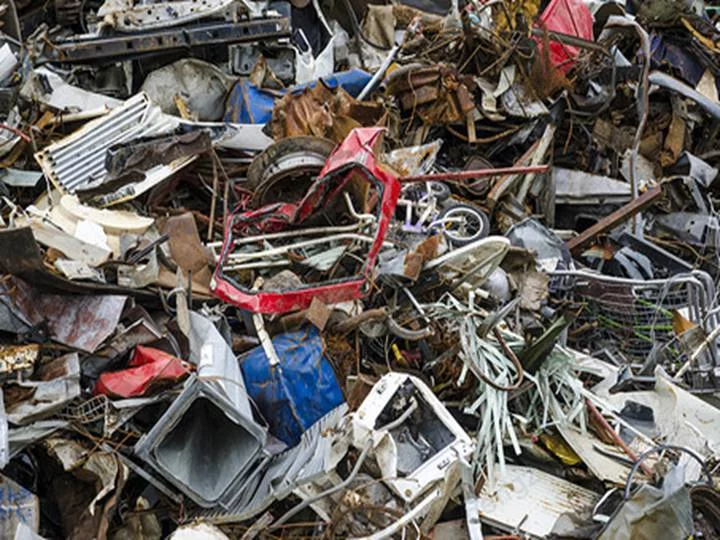
Investment Value
A metal shredder is not just a machine — it’s a profit generator. By converting waste metal into uniform, high-density scrap, you can:
- Sell directly to smelting plants
- Lower labor and logistics costs
- Improve safety and environmental compliance
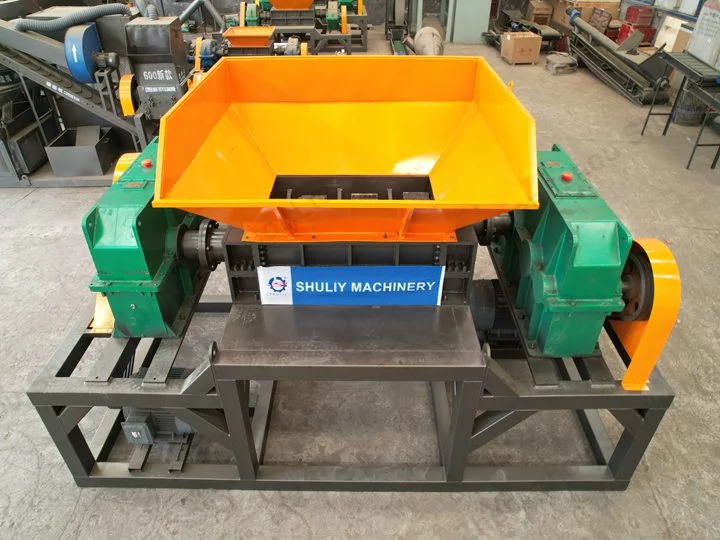
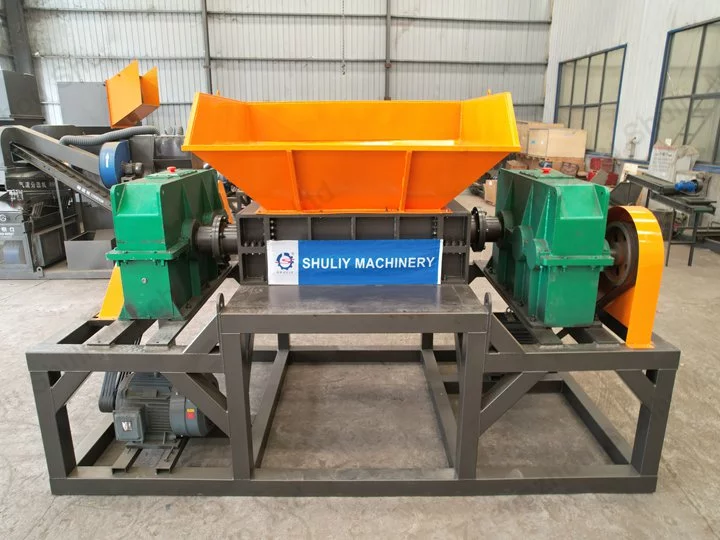
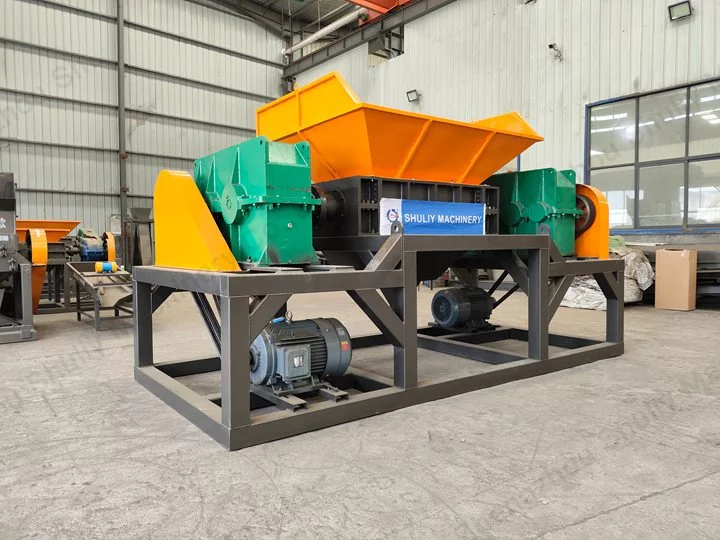
Why Choose Shuliy’s Modern Metal Shredder
- Wide material compatibility — from light scrap to car shells
- High efficiency — continuous operation with low power consumption
- Durable blades — made of wear-resistant alloy steel
- Customizable output size — 20mm to 100mm as required
- Easy maintenance — modular structure and automatic lubrication
With these features, a single metal shredding machine can cover multiple recycling needs, helping you expand your business into steel, aluminum, and auto scrap recycling simultaneously.
Many recycling companies report ROI within 12–18 months after installing a full shredding system.
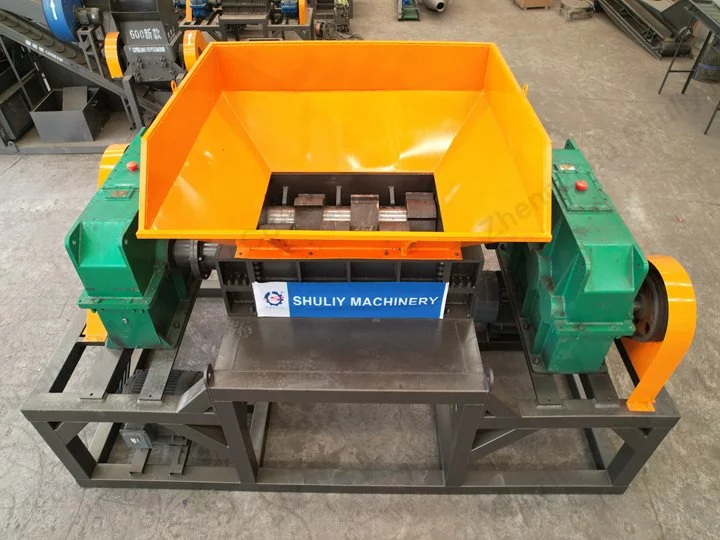
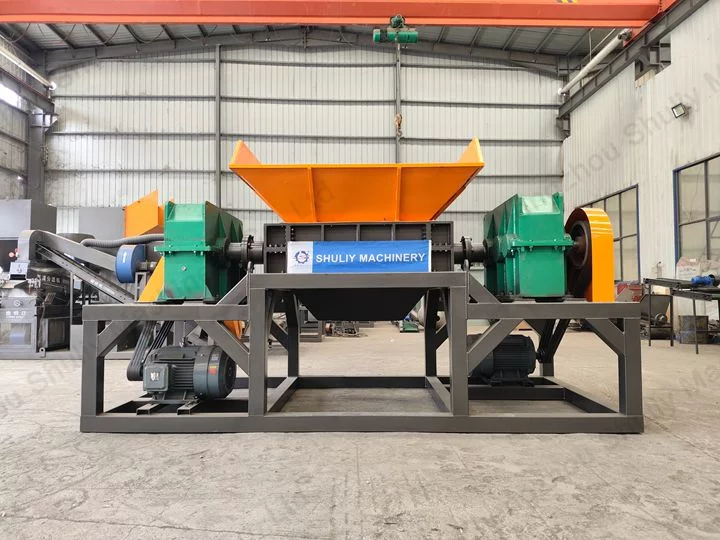
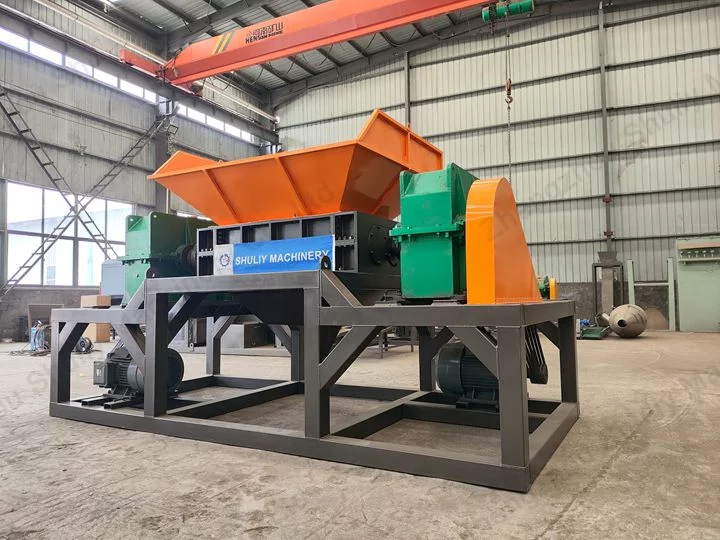
Conclusion
From scrap steel to car shells and non-ferrous metals, today’s metal shredders have evolved into versatile, high-efficiency recycling machines.
Whether you operate a scrap yard, metal recycling center, or auto dismantling plant, investing in a high-performance metal shredder means higher throughput, cleaner output, and greater profits.

